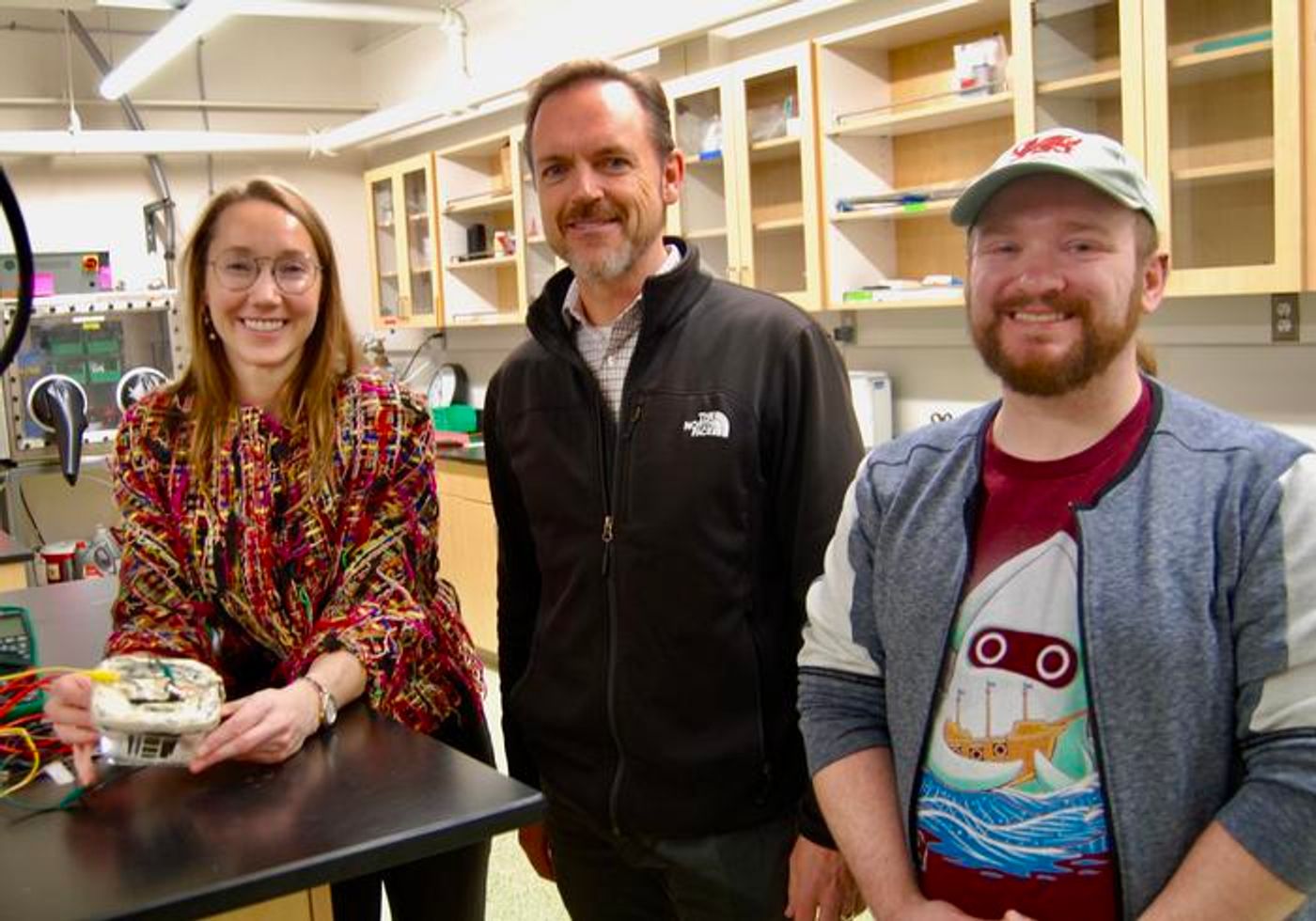Revolutionizing IoT Power: The Pyroelectrochemical Cell Solution
Can you wirelessly power wireless devices, thus improving and advancing the technology known an “Internet of Things” (IoT)? This is what a recent study published in Energy & Environmental Science hopes to address as a team of researchers from the University of Utah investigated how pyroelectrochemical cell (PECs) could be used to self-charge IoT devices through changes in immediate surrounding temperature, also known as ambient temperature. This study holds the potential to help a myriad of industries, including agriculture and machinery, by allowing IoT devices to charge without the need for electrical outlets.
“We’re talking very low levels of energy harvesting, but the ability to have sensors that can be distributed and not need to be recharged in the field is the main advantage,” said Dr. Roseanne Warren, who is an associate professor in the Mechanical Engineering Department at the University of Utah and a co-author on the study. “We explored the basic physics of it and found that it could generate a charge with an increase in temperature or a decrease in temperature.”
Study authors, Dr. Roseanne Warren, Dr. Shad Roundy, and Tim Kowalchik with a pyroelectrochemical cell (PEC) in Dr. Warren’s lab. (Credit: Brian Maffly, University of Utah)
For the study, the researchers first established predictions as to how their PECs would work under heating and cooling conditions, with the goal of the PECs producing an electrical charge during both instances. The way PECs produce an electrical charge is through their pyroelectric composite material, which enables changes in temperature to push around ions within the cell to store energy. The goal of this study was to test the PECs, and the researchers’ predictions, in a laboratory setting, which produced promising results with the PECs meeting their predictions.
“Now we start to change different parameters,” said Dr. Warren. “How can we improve the energy harvesting and storage and the combination of the two? And then after that would be a real-world field demonstration.”
While the PECs are estimated to produce very little charge, approximately 100 microjoules per square centimeter, this charge is enough to power IoT technology.
How will PECs help improve IoT technology in the coming years and decades? Only time will tell, and this is why we science!
As always, keep doing science & keep looking up!
Sources: Energy & Environmental Science, EurekAlert!, University of Utah









